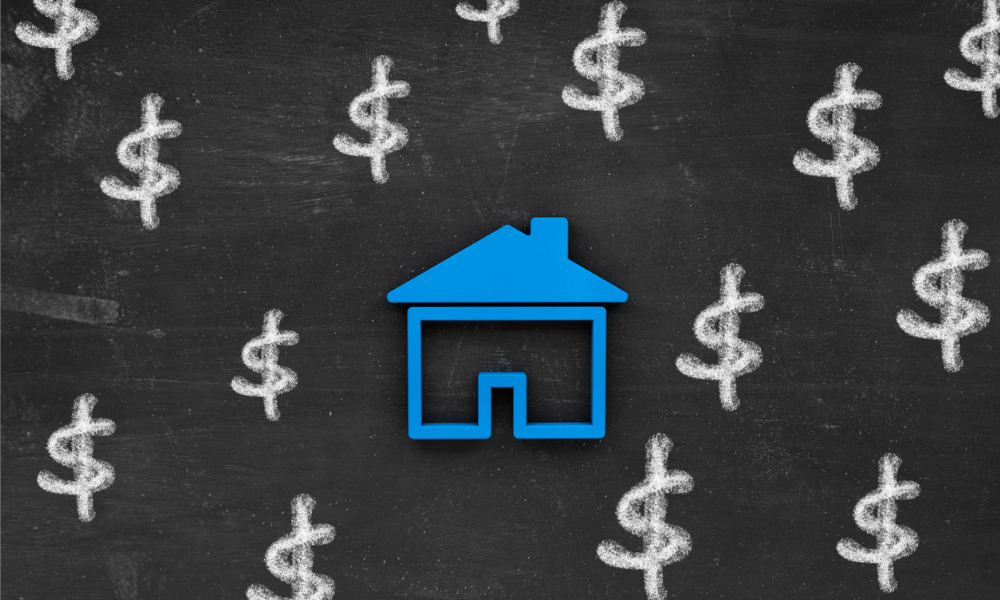Affordability concerns highlight need for expanded government support programs, says REIA boss

First-home buyers are being hardest hit by worsening housing affordability, according to a new report from the Real Estate Institute of Australia.
Housing affordability declined over the September quarter, with the proportion of income required to meet loan repayments rising to 36.2%, according to REIA’s latest Housing Affordability Report. While affordability declined nationally, some regions bucked the trend, according to REIA President Adrian Kelly.
“While housing affordability declined across many states over the September quarter, it has improved in Western Australia and the Australian Capital Territory,” Kelly said. “The Northern Territory remained stable and is still the most affordable state or territory to meet loan repayments.”
Still, Kelly said, the national affordability decline is hitting first-home buyers hard.
“The number of first-home buyers decreased to 37,782, a fall of 12.6% over the quarter and just 1% more over the past 12 months,” he said. “First-home buyers now make up 35% of owner-occupier dwelling commitments. Over the past 12 months, the number of first-home buyers has increased in New South Wales, Victoria, Western Australia and the Australian Capital Territory, but declined in Queensland, South Australia, Tasmania, and the Northern Territory.”
Kelly said the hit to first-home buyers demonstrated the need for government incentive programs like the First Home Loan Deposit Scheme and the First Home Super Saver Program to be supported and expanded.
Read next: How does the First Home Super Saver Scheme work?
“As we attempt to start adjusting to the new COVID normal, buyer and investor interest shows little sign of being satiated,” he said. “This competition means the average loan size to first-home buyers has increased to $459,256. This was an increase of 2% over the quarter and an increase of 14% over the past 12 months.”
The total number of owner-occupied dwelling loans fell to 107,875, a drop of 7.2% over the September quarter, but an increase of 19.7% over the past 12 months, REIA reported. The total number of loans for owner-occupied dwellings decreased over the quarter in all states and territories.
The report found that during the September quarter, the average loan size increased to $570,412 – a rise of 4% over the quarter and a 17.4% spike over the past 12 months.
Kelly said the increasing affordability challenges need to be met with bipartisan support, commitment and leadership from both state and federal governments.



